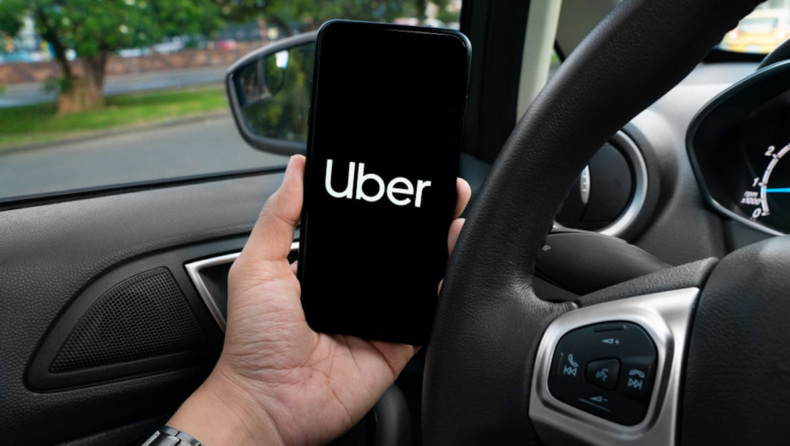Uber’s new safety feature allows both drivers and passengers to share their name, contact details along with live location updates to the police through the swipe of a button.
In the event of an emergency during a ride, Uber has developed a technology integration feature called “emergency assistance” that intends to give public safety authorities real-time actionable data. A button on the Uber app will allow users to share their name, contact information, and live location with the police in case of an emergency. This facility is available to both drivers and riders, and the location shared will be updated every four seconds. By offering the police potentially life-saving assistance, this will result in saving crucial time.
Previously, Uber advised users to call the national emergency line (100) or the SOS button located within the app in case of an emergency. With the addition of “emergency assistance” technology, this has now been enhanced.
To begin with, Uber has incorporated “emergency assistance” with the Hyderabad police. For Uber customers and drivers in Hyderabad, this has already gone live. Having access to this data, first responders may be able to provide assistance sooner.
The company, which rivals Softbank-backed Ola, intends to carry this integration to 100 cities and towns and expand it to include other state police agencies.
Shiva Shailendran, director of supply and cities operations for India and South Asia disclosed in an interview that they are in discussion with a number of cities about implementing this. In order to accomplish this, the Uber technological platform and the police force must be integrated. Uttar Pradesh is the likely location for it to spread next. However, it will undoubtedly be going live in all the main cities.
How does it function?
The driver or passenger can tap the blue-shield symbol to open the safety toolkit. The user will be asked for their location and contact information when they reach the “100” assistance, and they will be informed that this information will be automatically shared when they swipe to call 100. Following the user’s “swipe to call,” the police will always receive trip and other contact information by default. The user will have the choice to disable the sharing feature if they do not want the authorities to know where they are. In this scenario, the control room will not get the SOS (distress) signal, but the user can still contact 100 via phone.
“This new integration provides us with critical details, such as real-time location and user details, that will help us act swiftly and save lives,” said Mahender Reddy (IPS), director general of police, Telangana.
Surrounded by controversies
At a time when the company is making headlines due to the Uber Files expose for all the wrong reasons, Uber is introducing the new tech integration for safety reasons. In the case of India, Uber had placed the responsibility on the nation’s “flawed” criminal database for one such discovery in relation to a 2014 rape episode that horrified the entire country. Additionally, it disclaimed liability for its driver, who was charged with the offence. The Central Consumer Protection Authority (CCPA) criticised both Uber and Ola last month as a result of an increase in complaints about infringements of consumer rights.
But according to Shailendran of Uber, the business has already been collaborating with the Hyderabad police and operating the safety technology integration pilot for a few months. He asserted that the new technology’s interaction with police forces would unquestionably contribute to increasing consumer confidence in Uber as a platform for security.
Ridecheck
RideCheck, a dedicated 24/7 safety helpline, sharing trips with trusted contacts, and two-way call anonymization were all previously launched by Uber. In India, the safety helpline and SOS button were both introduced in 2019. During a trip, it gave the user the ability to speak with a member of Uber’s safety team directly about urgent and non-urgent issues. It is not a substitute for dialling 100 to contact the police.













